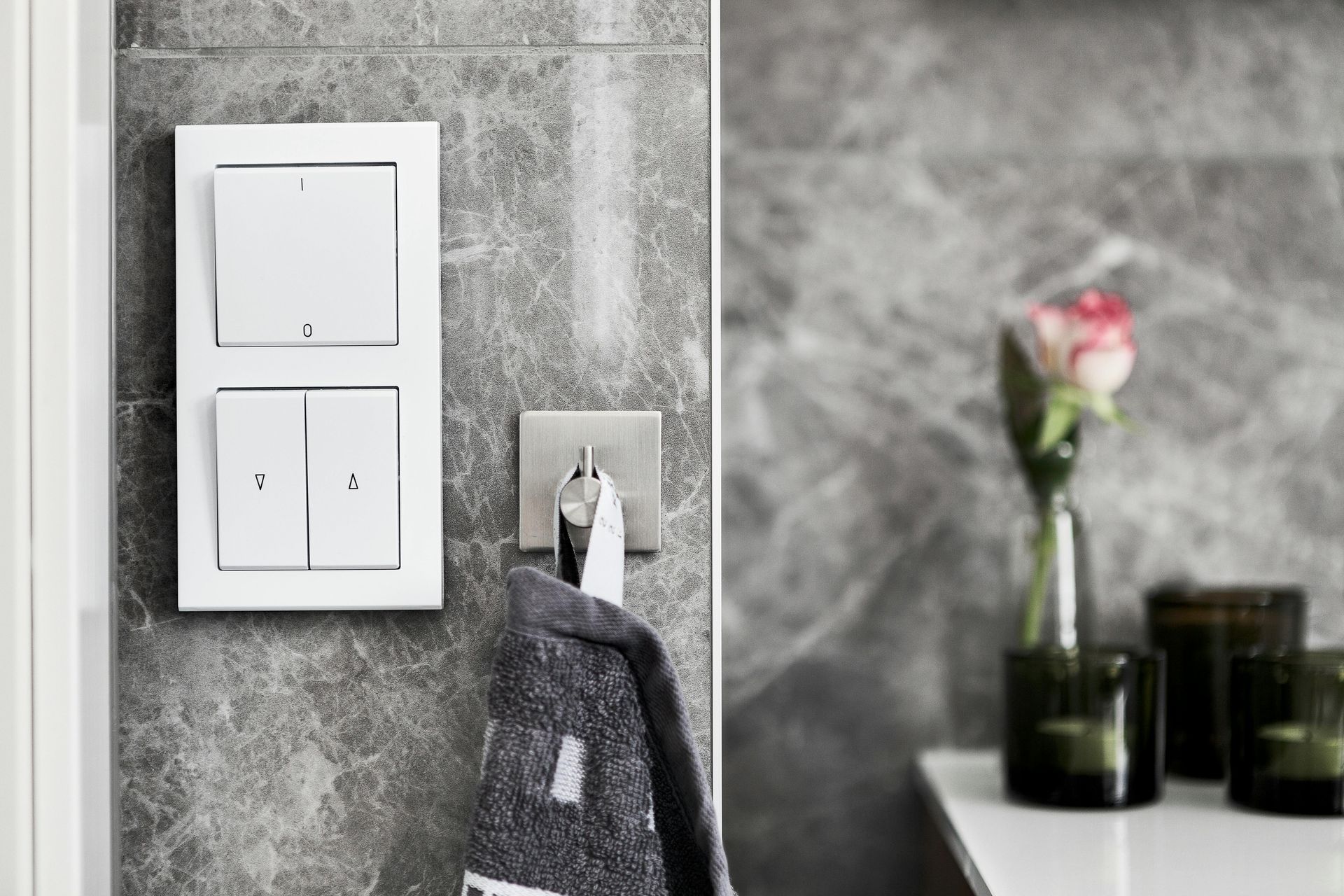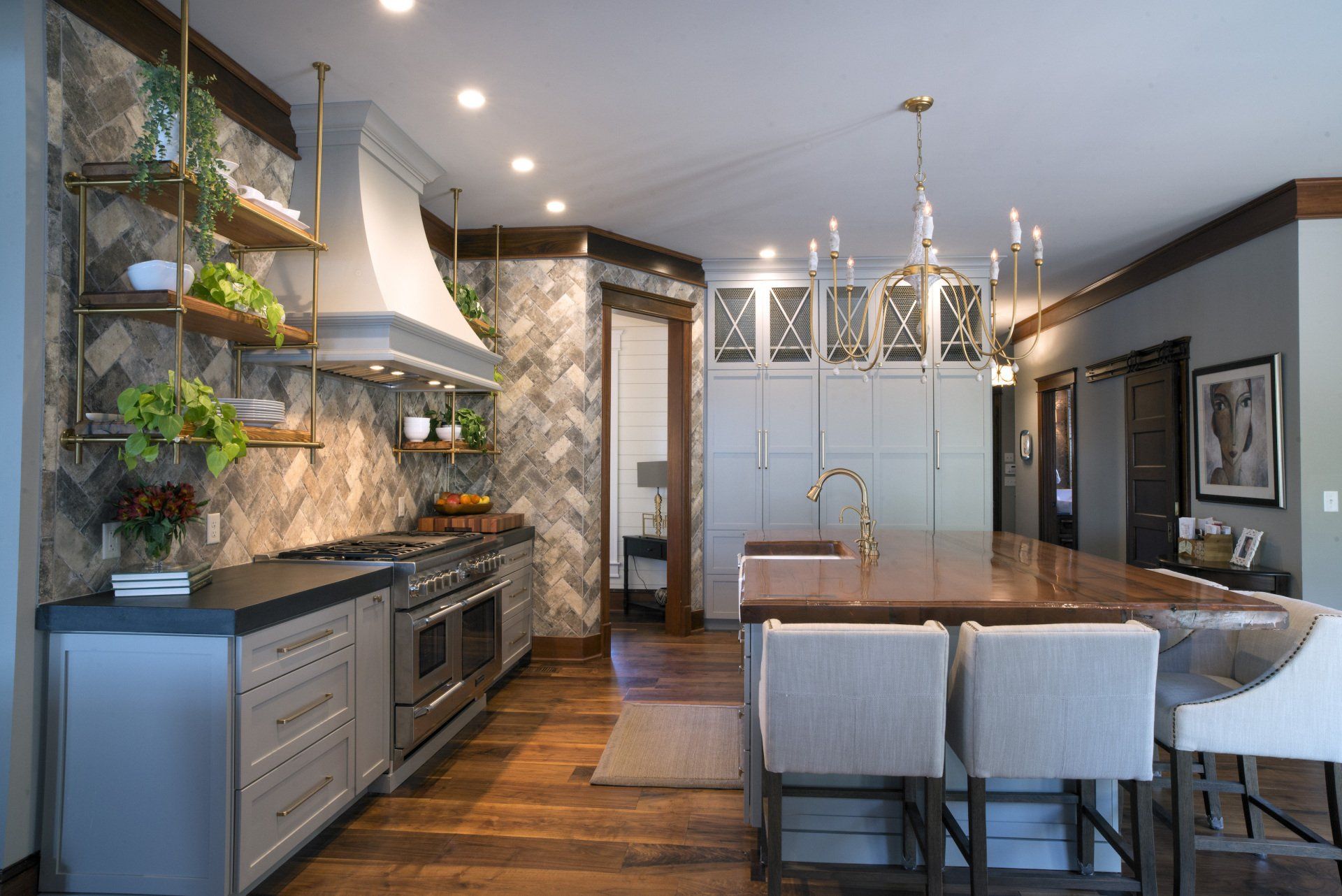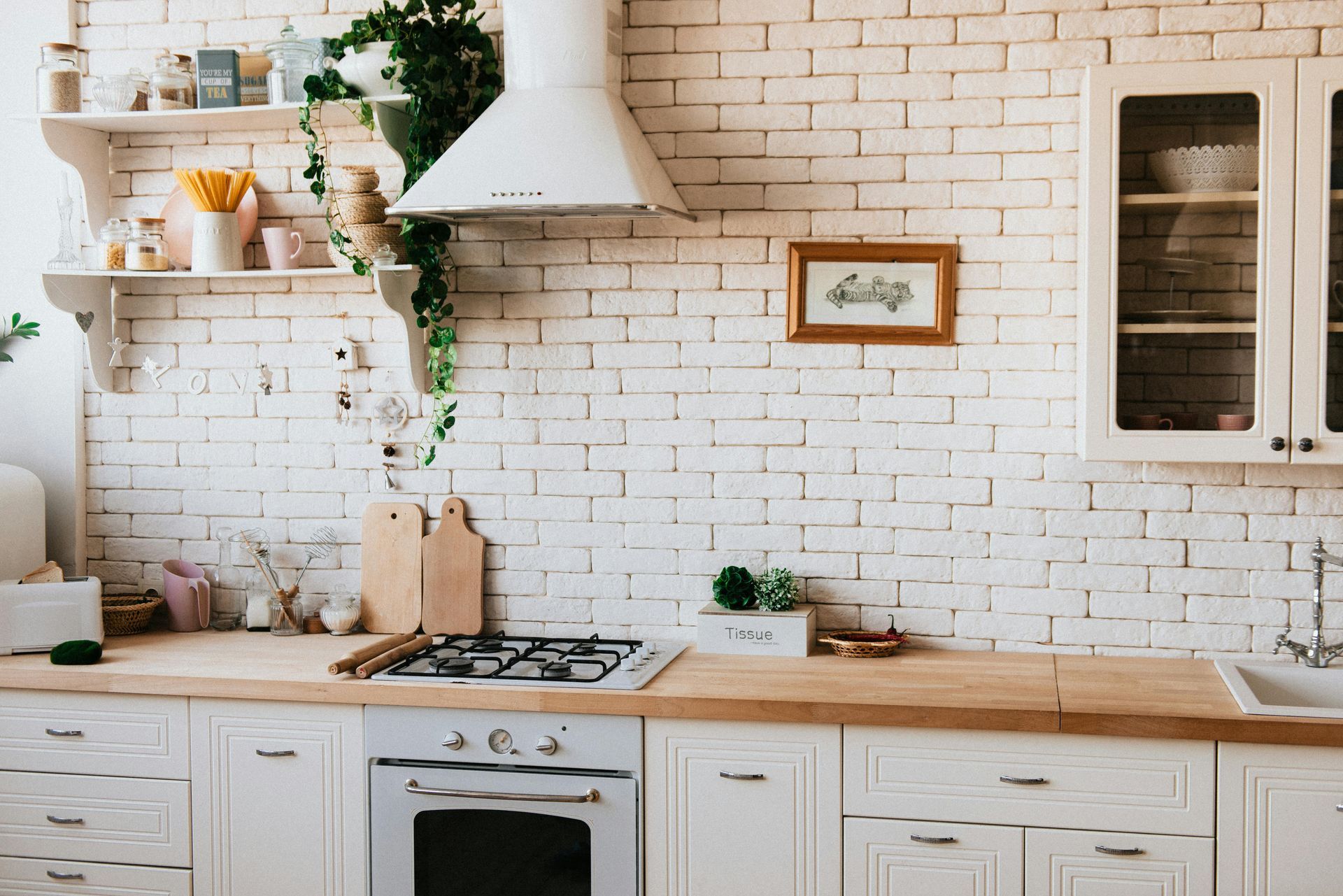For renovation companies, maintaining profitability while delivering high-quality results is a constant balancing act. Fortunately, there are several ways kitchen and bathroom renovators can reduce project costs without compromising craftsmanship or client satisfaction.
1. Build Strategic Supplier Relationships
Partnering with reliable suppliers who offer volume discounts or trade pricing can make a big difference over time. Establishing long-term relationships also helps ensure priority access to materials and better terms, especially during supply chain fluctuations.
2. Standardize Design Elements
Whenever possible, using standardized cabinet sizes, fixtures, and finishes can streamline both purchasing and installation. This not only saves time on-site but reduces waste and simplifies inventory management across multiple projects.
3. Train and Cross-Skill Your Crew
Well-trained teams work faster and more accurately, reducing costly mistakes and rework. Cross-training staff on both kitchen and bathroom installations can improve scheduling flexibility and help avoid project delays.
4. Buy in Bulk, Strategically
For frequently used items like tile, hardware, and grout, buying in bulk at discounted rates can significantly cut costs. However, it’s important to track usage trends to avoid overstocking materials that may go unused.
5. Leverage Project Management Tools
Digital tools that help track timelines, budgets, and labor allocation can minimize miscommunication and reduce overruns. The more visibility you have into the project lifecycle, the easier it is to identify cost-saving opportunities.
Conclusion
Efficiency is the backbone of a profitable renovation business. By optimizing supplier relationships, standardizing processes, and investing in skilled labor and technology, kitchen and bathroom renovators can consistently deliver high-quality results, while protecting their bottom line. Small changes in how you operate can lead to significant savings over time and help you stay competitive in a fast-moving industry.





